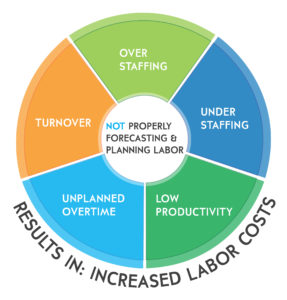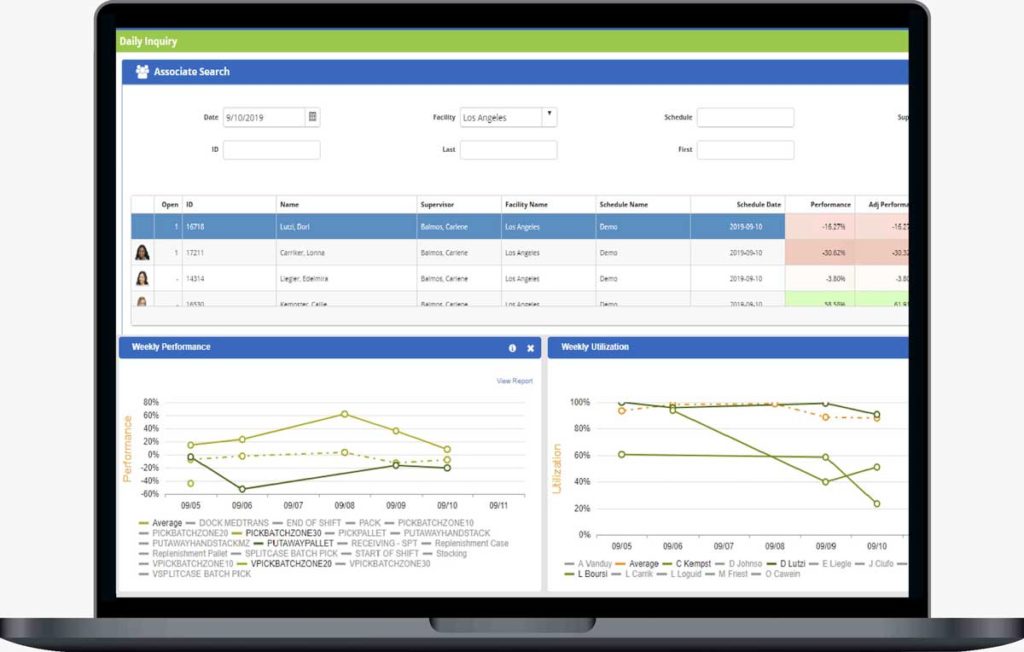Logistic Management editor Bridget McCrea says “as the highest expense for any warehouse or distribution center (DC) operation, labor management is essential”. But in today’s fast-paced distribution environment, everything from e-commerce demands to omni-channel fulfillment to seasonal sales fluctuations can make labor management even more challenging.
McCrea says that labor management systems (LMS) offer the right mix of monitoring, reporting and performance tools needed to improve workforce productivity.
Here are three steps that distributors can take to step up their labor management practices:
1- Know When It’s Time
The first indication that a company needs a labor management system is rising labor costs. Additionally, if you have high error rates on the orders going out to customers, then it’s also time to consider LMS. If order cycle times are too long, which is a big no-no in e-commerce, appropriately engineered work standards and process optimization in conjunction with LMS can dramatically improve service to your customers.

2- Consider New Tools and Functionality
Metrics and analytics are certainly top of mind for most distribution companies. In addition to normal performance tracking capabilities, today’s LMS with capabilities such as labor planning, incentive calculations, recognition boards, formal coaching and more, give floor managers the tools they need to actually improve operational effectiveness. They want to know what’s happening on the labor front in real-time and want to be able to respond immediately without having to download data into a spreadsheet.
Dwight Klappich, Research Vice President for Gartner, expects LMS to help distributors become more proactive with labor planning—a benefit that will be particularly useful for companies that deal with seasonal sales fluctuations and irregular schedule requirements. “Companies are definitely getting interested in this as an LMS functionality,” says Klappich.
ProTrack Labor Management Software provides tools for: labor planning, supervisor workbench, observations & coaching, ad hoc reporting, alerts, BI dashboard analytics, standards calculations, learning curves, incentive programs, quality tracking, corrective action plans, employee kiosks and more.

3- Understand Your Needs and Learn What’s Out There
As distribution operations continue to become more complex, organizations will need to secure the tools necessary to keep one of their largest spends in check- their labor cost. As part of that effort, more companies will be required to pay attention to labor management practices and technology.
Supply chain professionals who are simply tracking data in excel sheets without an engineered standard to compare performance can be missing a lot of information. Utilizing scan time information and associated hours against a historical standard is often-times inaccurate and unfair in judging true employee performance. Real-time data based on an engineered standard creates a fair playing field for employee success measurement.
In today’s supply chain environments, the best operations have transitioned from labor tracking to labor management software to combat low productivity, high labor cost, high turnover and excessive overtime.
Stay competitive and reduce your labor spend with lms
Because labor comprises such a large percentage of the average warehouse’s budget, even small improvements can produce noticeable results. But, a robust Tier-1 labor management software like ProTrack can create substantial savings for your operation.
Connect with a TZA expert today to start planning your labor management strategy so you can get visibility into operational data, boost workforce productivity and start saving on your labor costs.

